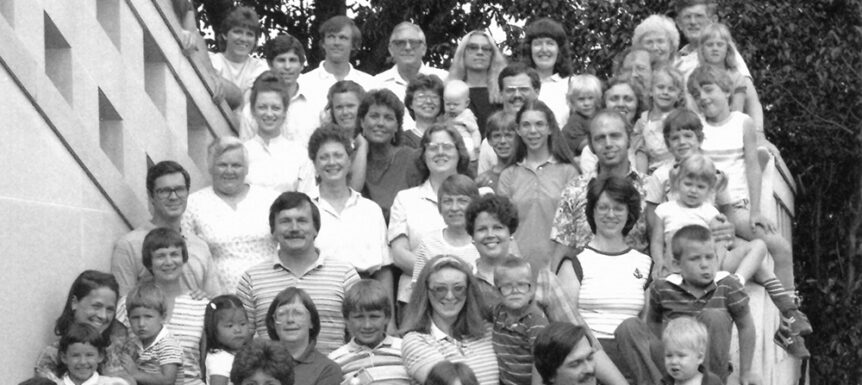
As the 70th anniversary of the sisters’ arrival in Wisconsin is celebrated this year, it is important to share the history and culture of the Benedictine Women of Madison. What brought the sisters to this area? What influences shaped the mission, vision and values? Who played key roles in what eventually became Holy Wisdom Monastery?
Highlights* of the growth, change and stability of the Benedictine Women of Madison will be reviewed in the weeks leading up to the 70th Anniversary Celebration on July 9, 2023.
*These highlights only reflect the history of the sisters after their move to Madison in 1953.
In this issue, the focus is on the 1970s. Welcoming Christians of other denominations and practices, as well as the Dalai Lama, helped form the ecumenical heart of the sisters’ community and St. Benedict Center. The sisters also hired additional staff to assist them in their work towards ecumenism.

1970
- In January, the sisters hired Father Philip Kaufman, OSB (pictured above) for the new position of theological consultant for St. Benedict Center (now Holy Wisdom Monastery). Father Kaufman had been the associate director of the Institute for Ecumenical and Cultural Research at Saint John’s University in Collegeville, Minnesota.
- One of his first projects was to help the sisters adapt the Liturgy of the Hours (daily prayer), implementing more inclusive language. This project continued for several decades. He adapted the Rite of the Eucharist that is still used.
- He also celebrated the Eucharist at St. Mary of the Lake, a nearby parish. Though the sisters believed he was an excellent homilist, occasionally his sermons concerning social justice were not well received by some parishioners. Eventually his services were terminated by St. Mary of the Lake. However, he continued to speak at many Protestant churches.
- Father Philip’s work at St. Benedict Center ended in 1976.
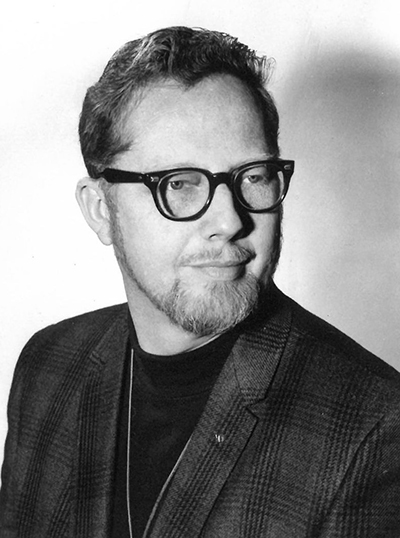
- In February, the sisters hired Reverend Robert Raymond (pictured on left) for the new position of St. Benedict Center’s director of ecumenical development. Reverend Raymond was the former Christian education director for the Wisconsin Synod of the Presbyterian Church and had been to St. Benedict’s with church groups. The sisters referred to Reverend Raymond as “Sister Bob” and he always joined the community in prayer. His quick wit and ability to make others feel at ease was an asset to St. Benedict Center. Reverend Robert Raymond’s work with St. Benedict’s ended in 1973.
- In March Douglas Steere, ecumenist, Vatican II observer and emeritus professor of philosophy at Haverford College in Pennsylvania, held a weekend retreat at St. Benedict Center (see flyer on right). The retreat focused on prayer, meditation, and true unity.
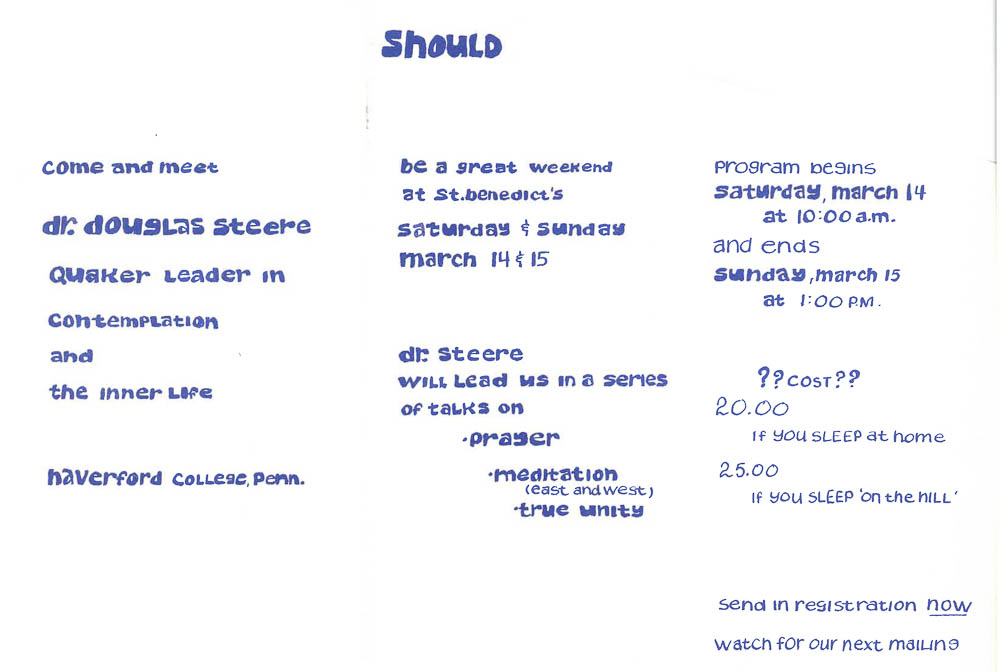

- In June the sisters held a reception and dinner honoring the Bishop of Oslo, Norway, the Most Reverend John Gran, a member of the Vatican Secretariat for Christian Unity.
1971
- Camp St. Benedict (the summer camp for girls ages 7 – 14 which began in 1966) was closed because the space was needed for expanded programming offered by St. Benedict Center for Christian Unity.
- The equestrian portion of the camps had become so popular that the sisters offered a day program for girls ages 9 – 15. St. Benedict Center Riding Academy students traveled a short distance to Lake Mendota to participate in swimming and camping activities at the YWCA’s Camp Maria Ulbrich. YWCA’s campers came to St. Benedict Center to learn to ride and care for horses. The sisters closed the riding academy in 1975.
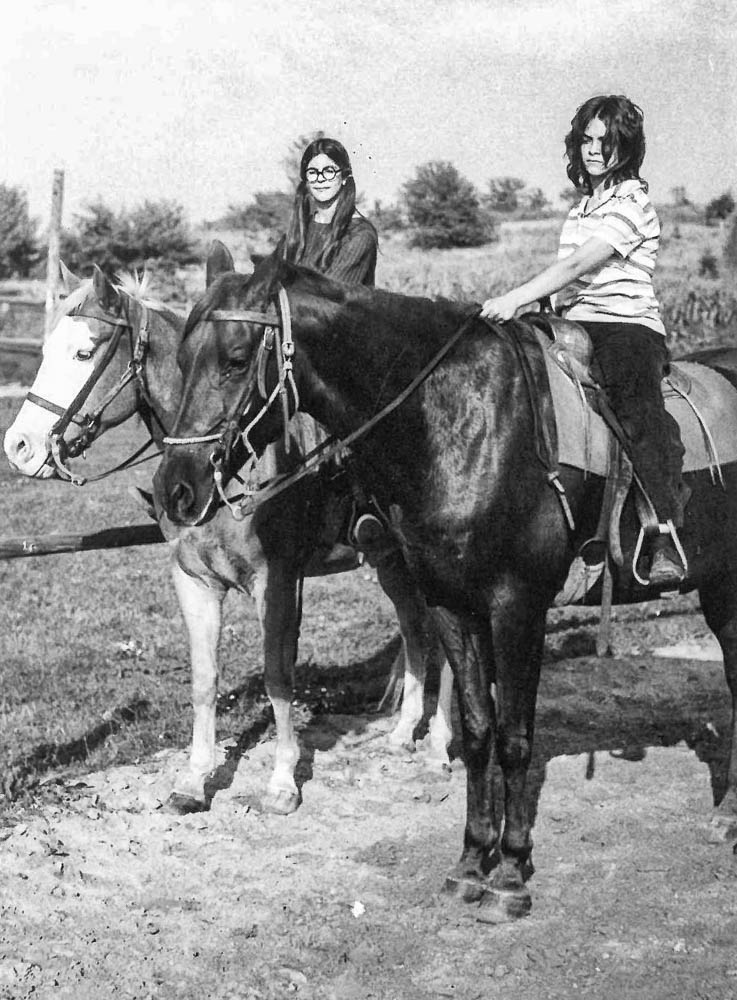
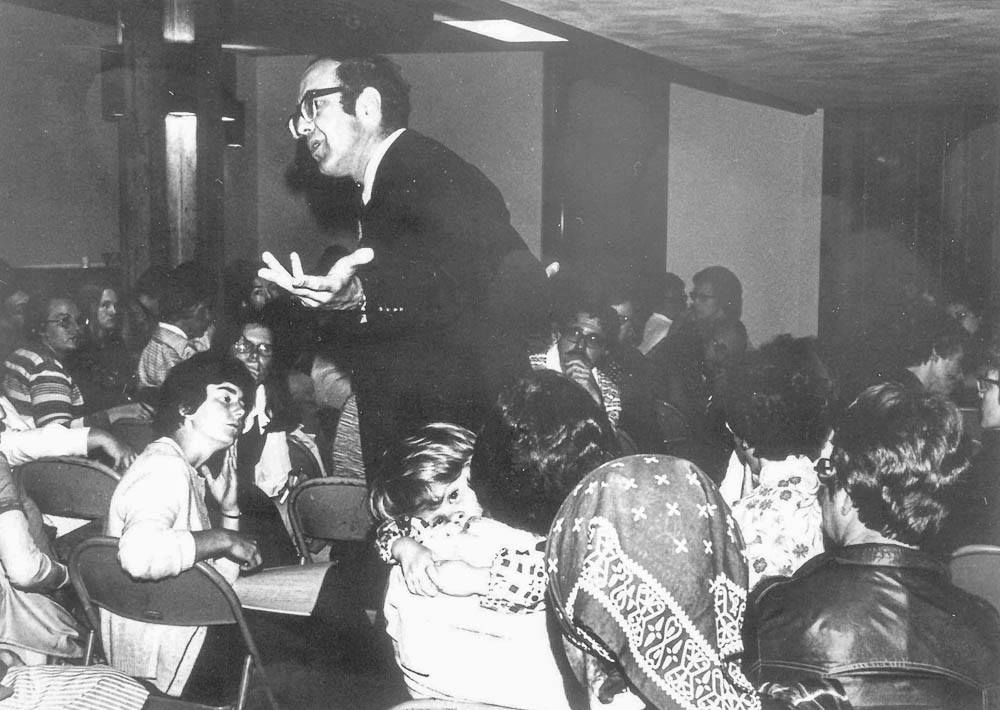
1972
- Six years after the opening of St. Benedict Center, the sisters had welcomed more than 20,000 guests. Programming was open to the Christian community and people of all faiths. Some of the more notable speakers who either led or participated in programs at the Center in the 1970s included Reverend Henri Nouwen (pictured above) and Sister Joan Chittister, OSB.
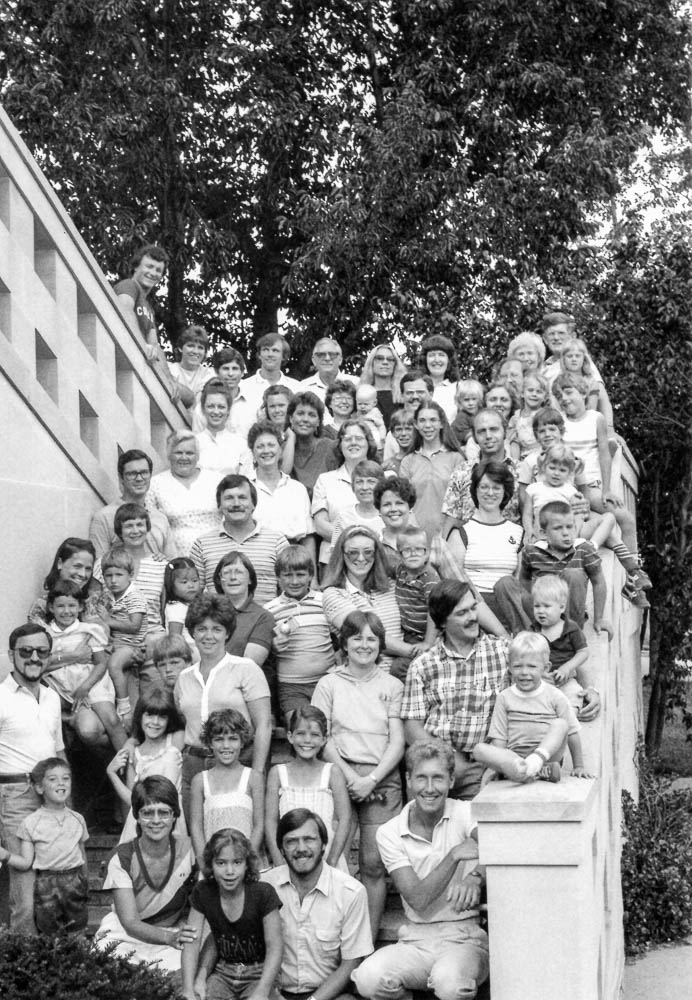
- From June of 1972 through 1988, the Lutheran Summer Institute held its six-week program at St. Benedict Center (pictured on left). The Institute was designed to provide pre-service orientation for those called to one of the Lutheran missions throughout the world. Up to fifty participants came each summer, representing a range of ages and backgrounds. When the Institute first began holding its program at St. Benedict Center, participants worshipped separately from the sisters’ community. Soon the sisters were praying with Institute members, and they were coming to the sisters’ Liturgy of the Hours. Three branches of the Lutheran Church were represented in the Institute—the American Lutheran Church, the Lutheran Church in America, and the Missouri Synod. Spouses and children accompanied program participants, which led to another first for the Madison Benedictines. Sister Mary David Walgenbach stated, “We are the only celibate community in this area with highchairs in the dining room and playpens in the basement.”
1973
- Sister Joanne Kollasch was elected to a second term as prioress of the community in April.
1977
- Sister Mary David Walgenbach was elected to a four-year term as prioress. She was 38 years old.
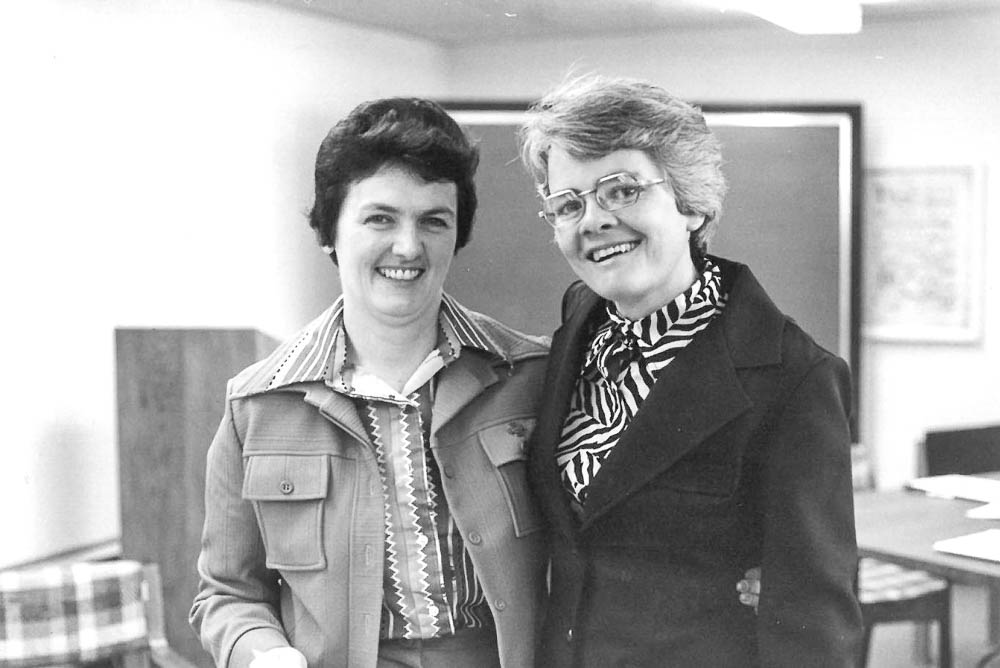
1978
- In March, leaders of Benedictine sisters from 28 states, Canada, and Mexico, gathered at St. Benedict Center for the Conference of American Benedictine Prioresses. The 51 women who attended were the leaders of autonomous religious communities which included more than 6,000 sisters. Meetings of the conference were led by Sister Joan Chittister, OSB (pictured above on the left with Sister Mary David Walgenbach). The focus of the conference was the development of principles to guide these Benedictine communities in their post Vatican Council experimentation with new forms of the Liturgy of the Hours. The result of the conference was “Of Time Made Holy,” a statement on the importance of the Liturgy of the Hours in the lives of American Benedictine sisters. It described American Benedictine women as communities of worship, placing high value on praying in community. It stated that, “The daily times of prayer, or Liturgy of the Hours, are the center of Benedictine prayer life and spirituality.”
- Joanne Heggen was hired in May as conference coordinator. She extended hospitality to the groups doing the work of ecumenism who came to St. Benedict Center.
- The sisters opened their home to Suman Vyas and her daughters Reena (age 4) and Meena (age 5) after they arrived from Nagpur, India in the summer. Suman’s sister, who worked at St. Benedict Center, told the sisters about Suman who was a widow and had no means of support. Soon the sisters were driving the girls to school, attending PTA meetings and arranging summer holidays with their own families. Suman became a US citizen in 1984.
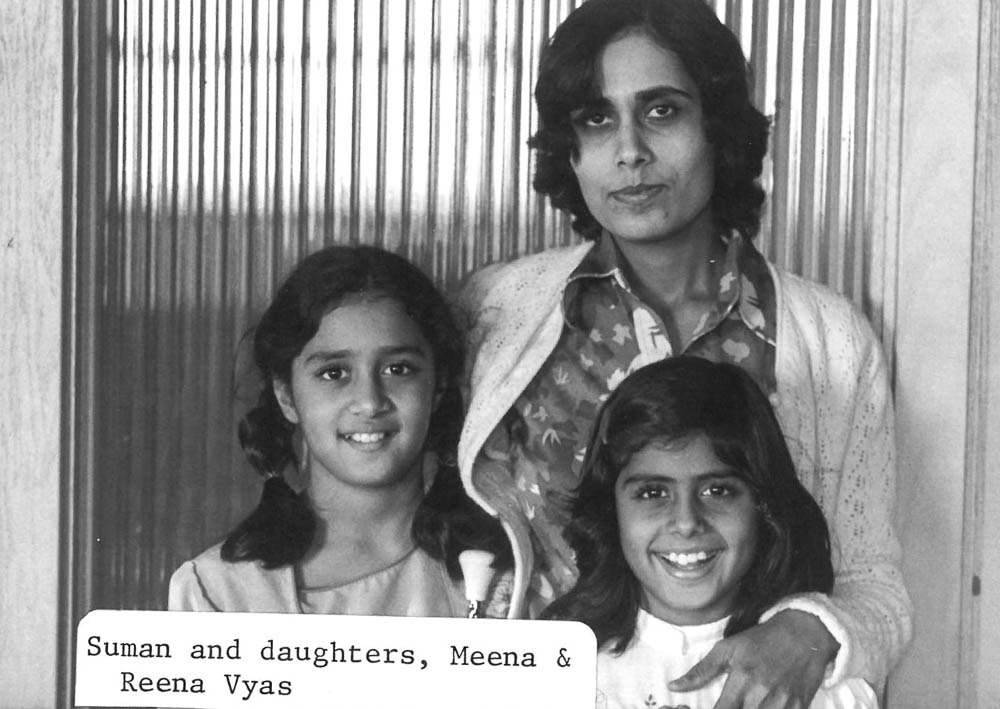
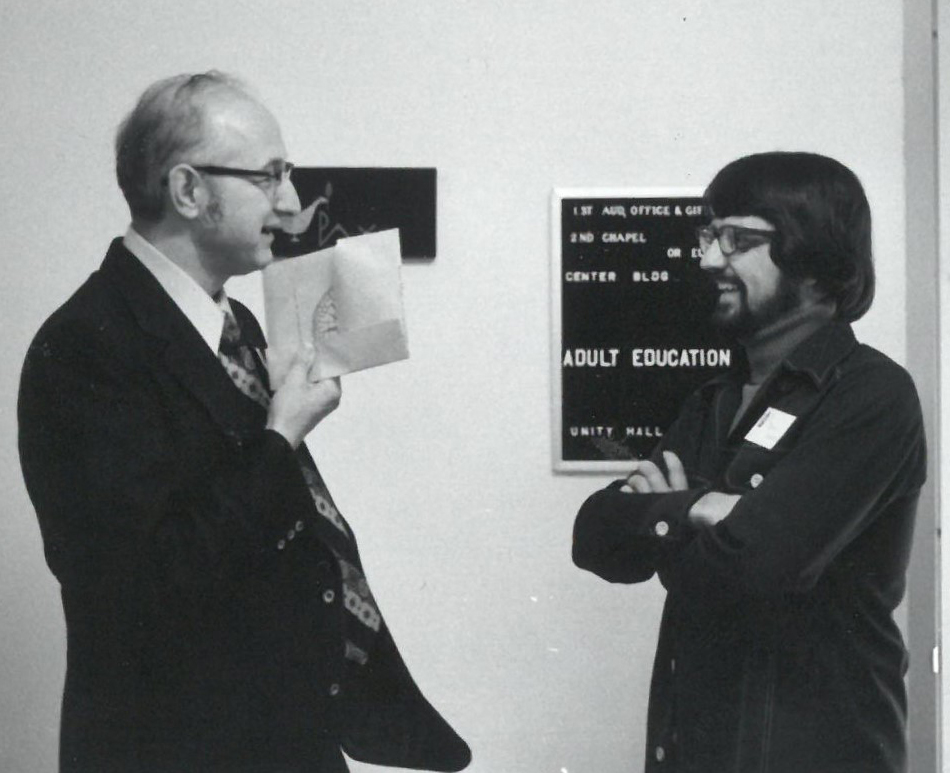
1979
- George Hinger (on the left in the photo), a former diocesan priest, joined the Center staff in January as administrator. George’s contribution to St. Benedict Center was in ecumenical programing, including the relationships he developed with other churches and members of world religions. George retired from the staff of St. Benedict Center in January of 1993.
- The highlight of the year occurred in September when the Dalai Lama visited. George Hinger, who also served as program director, recalled that the religious service first intended for Buddhists, soon grew until the only space large enough for the event was the Chapel. Upon his arrival, the Dalai Lama expressed his appreciation that the 500 Buddhists in attendance could worship in the same space where there had just been a Catholic service. George commented, “He was a man of faith and a man of compassion. The experience was a symbol of what happens every day at the Center in terms of people coming in and out and worshiping here together, and the value we get from them as well as the value we share toward them.”
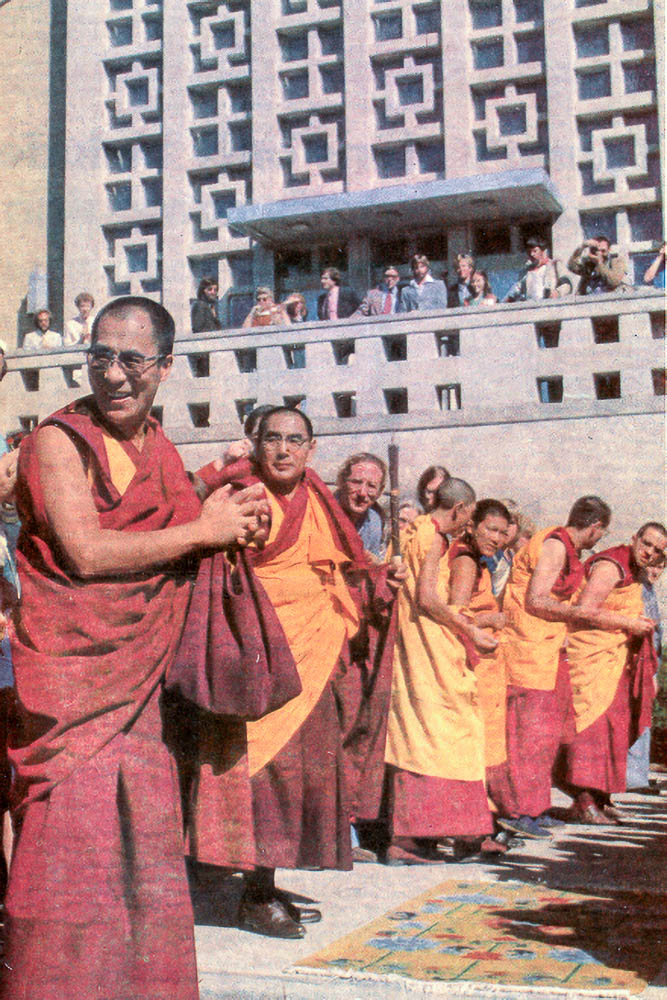
What’s coming up?
Next, the focus will be on the 1980s. During this decade, the sisters began exploring new forms of monastic community.
We hope you can join us for the 70th Anniversary Celebration on July 9, 2023.



